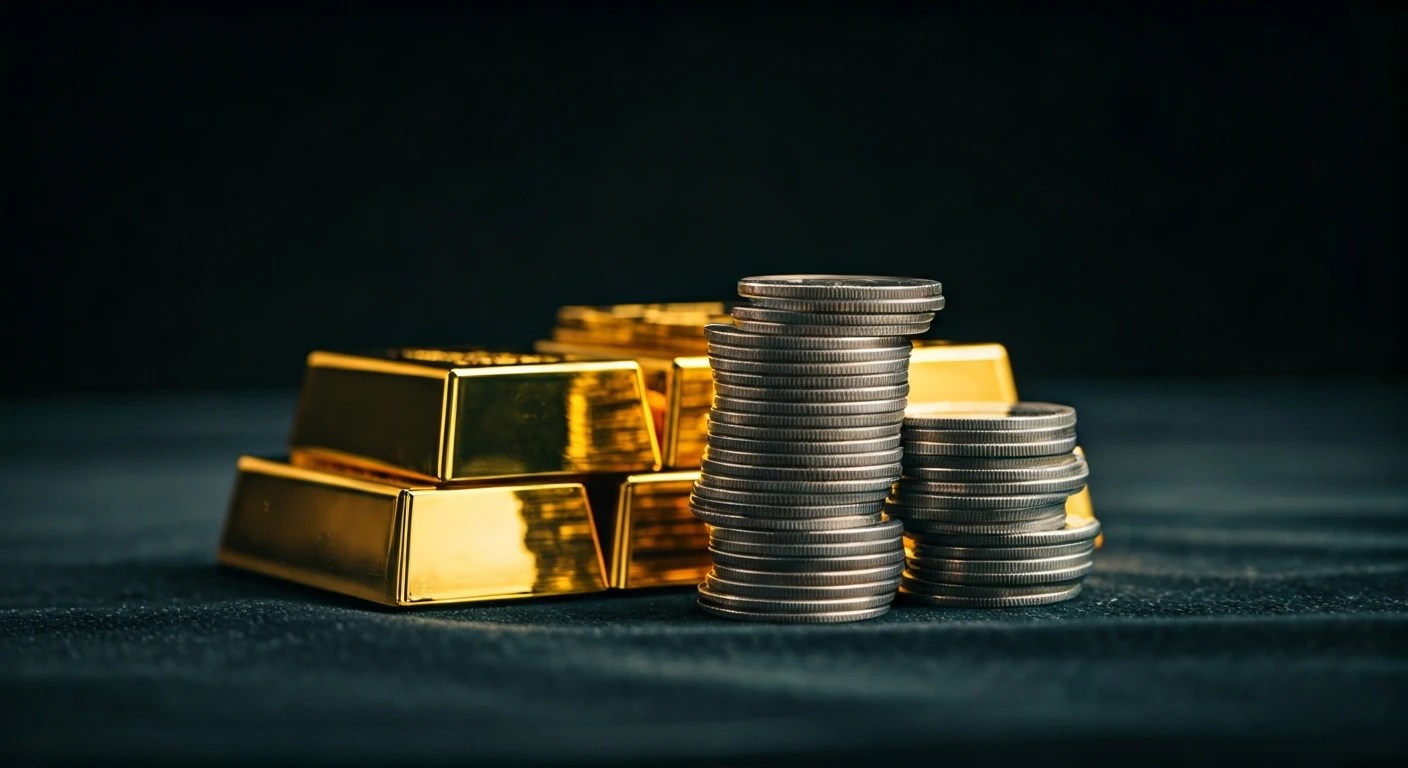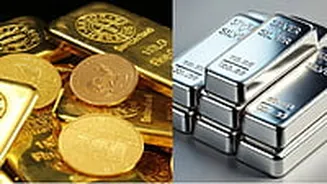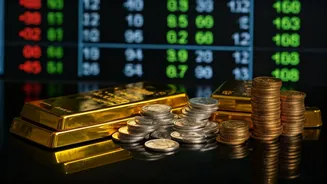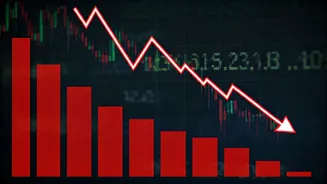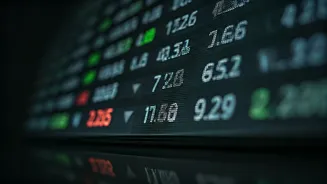Market Price Overview
The prices of gold and silver are constantly fluctuating based on a variety of market factors. These include global economic trends, currency valuations,
and supply-and-demand dynamics, which can cause significant price swings. Gold, often viewed as a safe-haven asset, frequently experiences increased demand during times of economic uncertainty, which can cause prices to rise. Silver, on the other hand, exhibits greater price volatility due to its dual nature as both a precious metal and an industrial commodity. As a result, its price movements are influenced by industrial demand, particularly from sectors like electronics and manufacturing. Investors should understand these factors and conduct thorough research to make informed decisions and stay abreast of any changes in market trends.
Gold Price Analysis
The price of gold is affected by a variety of global market indicators. Economic indicators, like inflation rates and interest rate expectations, play a large role in determining the price of gold. High inflation often results in investors turning to gold as a hedge, boosting its demand and price. Interest rate decisions made by central banks can also have a big impact, as higher rates can make gold less attractive compared to interest-bearing assets. Moreover, geopolitical events and global political uncertainty frequently push up gold prices, with investors viewing gold as a safe investment during uncertain times. Currency fluctuations also have a direct effect, with a weaker dollar generally making gold more affordable for international buyers, leading to increased demand and potentially higher prices. Understanding these factors and carefully assessing market dynamics are crucial for those who are trading or investing in gold.
Silver Price Dynamics
Silver, while sharing some of the characteristics of gold, has its own unique set of market drivers. Industrial demand is a significant factor in driving the price of silver. The electronics, solar panel, and automotive industries heavily rely on silver, so any changes in demand from these sectors directly impact its price. Furthermore, the price of silver often exhibits greater volatility than gold because of its industrial uses, making it susceptible to shifts in economic cycles. When global economic conditions are strong, industrial demand for silver tends to rise, pushing up prices; conversely, during economic downturns, demand declines, leading to price drops. Investor sentiment also plays a key role, with silver prices influenced by speculative trading and shifts in market expectations. For those looking at investing in silver, it is crucial to monitor these factors and consider both its industrial utility and its role as a precious metal.
City-Wise Price Variations
The prices of gold and silver can vary from city to city, largely due to differences in local taxes, transportation costs, and the dynamics of regional supply and demand. These factors lead to a complex interplay influencing the final prices consumers see. Sales taxes imposed by local governments and additional charges for transportation and handling add to the overall cost, and these vary based on geographic location. Furthermore, variations in demand within specific regions contribute to price differences. Cities with high consumer demand often see slightly increased prices as the market adjusts to the prevailing conditions. Therefore, when making investment decisions, consumers and investors must factor in these location-based differences and always check the most recent, local rates.
Factors Affecting Prices
Several factors combine to influence the prices of gold and silver, creating a complex market environment. Global economic conditions, including GDP growth and inflation rates, profoundly impact both metals, with strong economic growth usually leading to increased industrial demand for silver. Currency exchange rates play a significant role as well; a weaker dollar typically leads to higher gold prices, making them cheaper for international buyers. Investor sentiment and market speculation also affect prices, with speculative trading activity amplifying price movements, especially in silver. Additionally, supply-and-demand imbalances can lead to dramatic price shifts. Periods of low supply and high demand can push prices up, and vice versa. Understanding these varied elements and their interactions is important for those involved in gold and silver markets.
